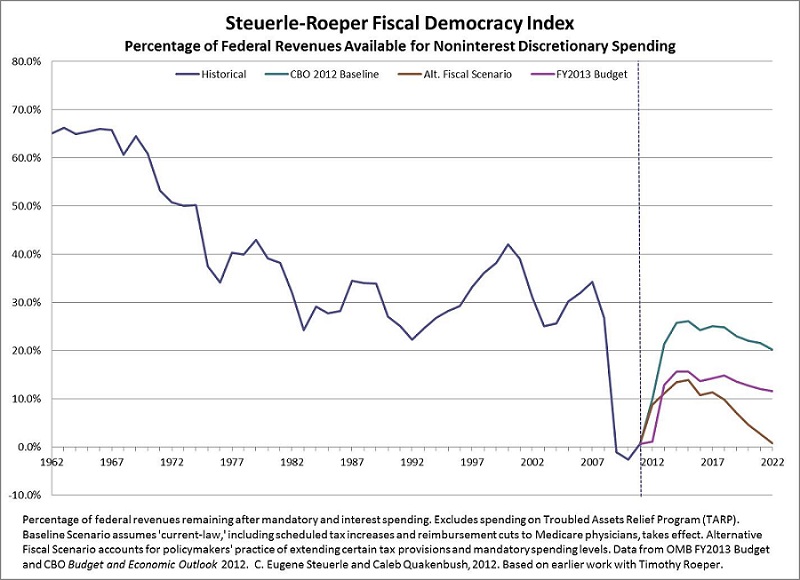Macroeconomics can be mind-bending.
I turned 50 the day I wrote this post. One of the things you need to take away from an advanced macroeconomics class is some sense of how things might be different 50 years out into the future, when you’re 70 or 75, and your grandchildren or great-grandchildren are taking a class like this.
I bring up that I turned 50 to make a point. When I took my first advanced macro class (Spring 1982), we didn’t think enough about the future. Let me give you an example. At that time no one imagined that (recorded) music, not just any music but the music you wanted to hear at the moment, would be free. The thing is, it was free to the tech savvy within 17 years (I should know, I downloaded a lot of it).
Going further though, let me tell you about 1998. At that time, very few understood that (recorded) music was going to be free. I saw the handwriting on the wall around 1990, and got myself pretty tech-savvy. When I found out about downloadable MP3s in October 1998, no one I knew could believe it when I showed it to them. And yet, by late 1999 many people started using Napster. That name probably sounds ancient to you. The recorded music supply chain industry should’ve seen that coming, but they had no clue. Thus all the lawsuits of the early oughties; those too are ancient history.
Alright, enough about me. My point is that whole categories of industry and employment disappear very quickly, without anyone seeing it coming, over the course of a couple of decades. So how will employment look when you’re old? Take a look at this video:
This sounds very disheartening about anyone’s specific career choices. On the other hand, it sounds very good generally: everyone will have more stuff and more time to enjoy it.
What I worry about is the choices of policymakers. They have no clue. They think people like to work (note their unemployment rate fetish). They think people’s consumption choices are the problem (not Obamacare’s focus on limiting consumers of healthcare, rather than producers of it). I could go on.
Instead let me focus on what you need to think about. For example, how are you going to convert the leisure you consume in your driverless car into productivity that gets you more or better stuff? Or will you just lay there like a slug? Try thinking about that, while also thinking about the video’s focus on people in transportation losing their jobs. Oops. Maybe the video got a big picture, but missed the bigger picture.
Now I need to go on one step about policymakers. How are they going to react when the “old school” GDP numbers suggest things are getting worse (because of all the drivers pushed out of those jobs), when they don’t have “new school” numbers to tell them that the rest of us just got all their income transferred to us in the form of consumer surplus?
One way to think about this is that Obama may be the biggest dead wood, dinosaur, who just doesn’t get it, President we’ve ever had. Until the next one.
This may be a good time to go back and look at two older posts on this blog.
First, there’s this one from Spring 2014 on what’s wrong with America. Pay particular attention to the Thanksgiving dinner analogy in the middle. What’s wrong may very well be that we have a fetish for our jobs.
Second, there’s this one that I first discussed in Spring 2011 on what the world is going to look like if growth accelerates (not the growth the government can measure, but the stuff that you and I actually enjoy).
Back to me being 50. When I was born in 1964, people imagined many things about the future. But their view of daily life was a bit skewed. No one envisioned the amount of time spent on Facebook. How about drones? How about drones that deliver stuff from Amazon on the day you order it? How about computers that grade papers (used by me, in class, this past summer)? Did they imagine that income inequality would matter to some people even when so many things are free? Or that most of our debates about healthcare would be about how to get someone else to pay for the portion we consume?
I hope you think back on your advanced macro class at SUU in 50 years. You may have heard it here first.



